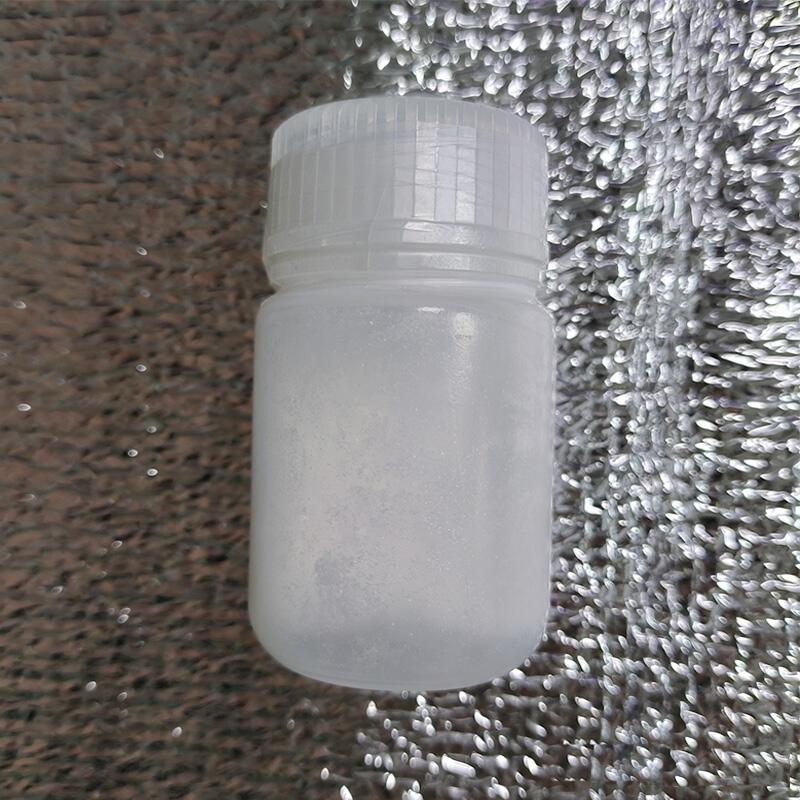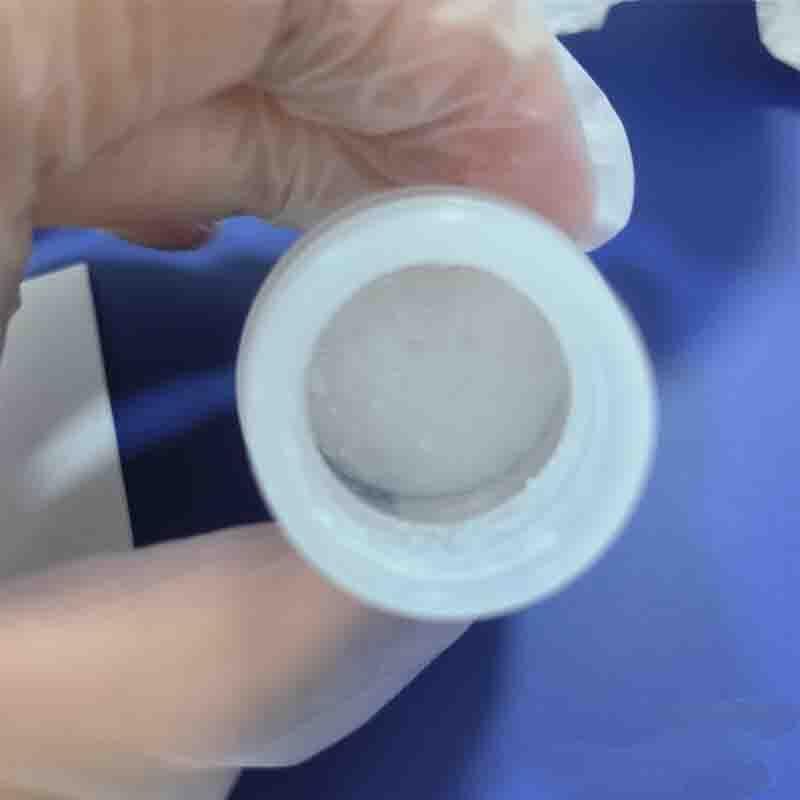-
Categories
-
Pharmaceutical Intermediates
-
Active Pharmaceutical Ingredients
-
Food Additives
- Industrial Coatings
- Agrochemicals
- Dyes and Pigments
- Surfactant
- Flavors and Fragrances
- Chemical Reagents
- Catalyst and Auxiliary
- Natural Products
- Inorganic Chemistry
-
Organic Chemistry
-
Biochemical Engineering
- Analytical Chemistry
-
Cosmetic Ingredient
- Water Treatment Chemical
-
Pharmaceutical Intermediates
Promotion
ECHEMI Mall
Wholesale
Weekly Price
Exhibition
News
-
Trade Service
Introduction Malignant gastrointestinal obstruction is a clinically obvious gastrointestinal blockage that can occur in a variety of malignant tumors.
The most common obstruction sites include the distal esophagus/cardia, gastric outlet, and colon.
If not treated in time, it may cause debilitating symptoms and a life-threatening emergency.
In April 2021, the American Gastroenterology Association (AGA) issued a clinical practice recommendation on the "best management method for malignant gastrointestinal obstruction", which aims to summarize the methods currently available for the treatment of malignant gastrointestinal obstruction and the backing of various methods The evidence (including its efficacy and safety), indications and appropriate timing of intervention.
AGA clinical practice update: The best management method for malignant gastrointestinal obstruction Best practice recommendation 1: For all patients with gastrointestinal obstruction, specific interventions should be determined in collaboration with multiple disciplines (including oncologists, surgeons, and endoscopists) Measures, and consider obstruction characteristics, patient expectations, prognosis, expected follow-up treatment methods and functional status.
Best practice recommendation 2: For patients who have esophageal obstruction due to esophageal cancer and may require resection or radiotherapy and chemotherapy, clinicians should not routinely implant self-expanding metal stents (SEMS) without comprehensive multidisciplinary review.
The bit rate is high, the morbidity and mortality are higher, and the R0 (negative margin under microscope) resection rate may be low.
Best practice recommendation 3: For patients with esophageal obstruction due to esophageal cancer, who may need to be removed and have malnutrition problems, clinicians may consider using enteral feeding tubes (through nasogastric or transdermal routes).
Clinicians should be aware of the potential risks of tumor implantation in the abdominal wall, and percutaneous endoscopic gastrostomy placement makes subsequent gastric duct formation difficult.
Best practice recommendation 4: For patients with esophageal obstruction due to esophageal cancer but not suitable for resection, clinicians should consider SEMS implantation or brachytherapy as a single therapy or combination therapy.
Due to the lack of evidence for better outcomes and alternatives, clinicians should not consider laser therapy or photodynamic therapy (PDT).
Best practice recommendation 5: For patients with malignant esophageal obstruction undergoing SEMS placement, clinicians should use full coverage SEMS (FCSEMS) or partially covered SEMS instead of uncovered SEMS (UCSEMS), and consider stent fixation methods.
Best practice recommendation 6: For patients with gastric outlet obstruction who have a life expectancy of more than 2 months, are in good function and are suitable for surgery, surgical gastrojejunostomy should be considered.
Best Practice Recommendation 7: For patients with gastric outlet obstruction undergoing surgical gastrojejunostomy, laparoscopic surgery is better than open surgery because of the lower blood loss and shorter hospital stay.
Best practice recommendation 8: For patients with gastric outlet obstruction who are not suitable for gastrojejunostomy (surgical operation or endoscopic ultrasound guidance), clinicians should consider intestinal stent placement.
Best practice recommendation 9: Intestinal stents should not be used in patients with multiple lumen obstruction or severely impaired gastric motility because of limited benefits.
Clinicians may consider performing gastrostomy for these patients.
Best Practice Recommendation 10: According to the experience of endoscopists, endoscopic ultrasound-guided gastrojejunostomy is an acceptable alternative to surgical gastrojejunostomy and intestinal stent placement.
Clinicians should be aware that there is currently no FDA-approved device specifically for endoscopic ultrasound-guided gastrojejunostomy.
Best Practice Recommendation 11: For patients with malignant colonic obstruction suitable for resection, it is a reasonable choice to insert SEMS as a "surgical bridge" that allows one-stage and selective resection.
Best practice recommendation 12: For patients with malignant colonic obstruction that are not suitable for resection, SEMS placement or diversion colostomy are reasonable treatment options according to the patient's goals and functional status.
Best Practice Recommendation 13: Whether it is used as a "surgical bridge" or for palliative care, SEMS is a reasonable choice for patients with proximal (or right) malignant obstruction.
Best practice recommendation 14: For patients with extracolonic malignancies that are not suitable for surgery, SEMS implantation is a reasonable alternative therapy, although its implantation is more technically challenging, with greater changes in clinical success rates and complications ( Including stent displacement) is also more common.
Literature index: Ahmed O, Lee JH, Thompson CC, et al.
AGA Clinical Practice Update on The Optimal Management of the Malignant Alimentary Tract Obstruction: Expert Review[J].
Clin Gastroenterol Hepatol.
2021 Apr 1;S1542-3565(21) 00381-5.
Contribution email: tougao@medlive.
cn







